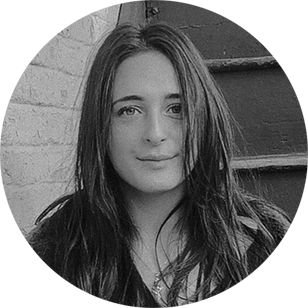Everything you need to know about the making of Guillermo del Toro's stop-motion Pinocchio
Pinocchio is 'a movie made by humans,' del Toro has emphasized

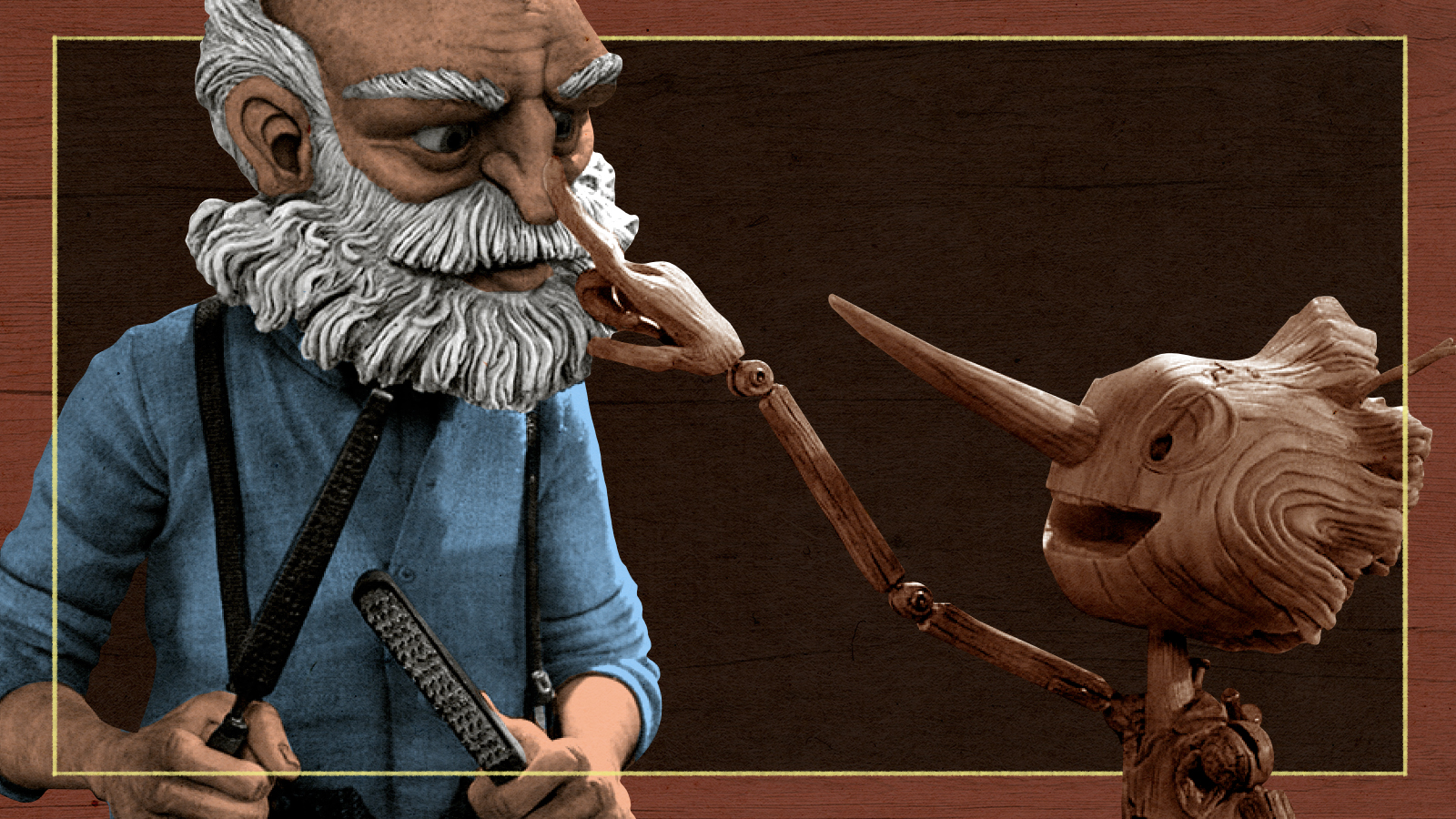
Guillermo del Toro's stop-motion musical adaptation of Pinocchio, based not on the beloved Disney film but on the original 1883 novel by Carlo Collodi, hits Netflix on Friday. The Academy Award-winning director spent more than a decade preparing for the movie, and two years making it, and it's already generating Oscar buzz, including — surprisingly, for an animated film — Best Picture. Here's everything you need to know about the making of del Toro's technically dazzling Pinocchio:
How did del Toro and his team use stop motion to shoot a full-length feature film?
A film is normally shot at 24 frames per second, but animation supervisor Brian Leif Hansen and his team shot at 12 frames per second, shooting in "twos" — meaning there are two of the same shot in each frame. Still, that meant the animators of Pinocchio had to physically move the puppets 24 times for each second of footage to simulate their lifelike movement, Hansen told The Week. To save you the time of calculating: That's more than 161,000 frames in all.
Some scenes, however, took weeks or even years to complete, so multiple sound stages had to be used to film. There were 60 stages, 60 cameras, and 60 sets shooting simultaneously during the production of Pinocchio.
The Week
Escape your echo chamber. Get the facts behind the news, plus analysis from multiple perspectives.

Sign up for The Week's Free Newsletters
From our morning news briefing to a weekly Good News Newsletter, get the best of The Week delivered directly to your inbox.
From our morning news briefing to a weekly Good News Newsletter, get the best of The Week delivered directly to your inbox.
Hansen explained that stop-motion production is a lot like live-action in the way it requires cameras, crews, and sets with lighting. At The Hollywood Reporter's recent animation round-table, del Toro said he staged the puppets as if they were actors and moved the camera to accommodate the characters. "We went for quiet moments, moments in which the characters are barely moving, and you have little, almost micro gestures," said del Toro.
How were the puppets made?
Pinocchio is "a movie made by humans," as del Toro worded it to CBS This Morning. All of the characters in it are puppets that were created by hand by dozens of animators and puppet makers. Pinocchio's whole body was created by a 3D printer.
In designing the puppets, the creative team looked to great masters in fine art who combined realism with abstract brush strokes. This translated on screen to the way that the characters, when seen from a distance, look human-like, but when they are shot up close, you can see the intricacies of their paint and costumes.
But how do you make a puppet for a film? First, the movie's characters were designed on a computer and then printed into molds. Metal skeletons, also known as "armatures," were placed inside the molds. To fill in the skin of the puppets, the artists used silicone and foam latex. Then came the puppet costume makers, who created wardrobe pieces like Geppetto's iconic suspenders. Finally, the puppets were hooked up to high-tech rigs that allowed them to move.
A free daily email with the biggest news stories of the day – and the best features from TheWeek.com
What went into the costumes?
Georgina Hayns, who has worked on many of Tim Burton's productions, served as the creative supervisor on Pinocchio. She told IBC that the team did thorough historical research to find fabrics and textures suitable to the period the film is set in: between World War I and World War II in Italy.
Geppetto (voiced by David Bradley), for example, is "a gruff, salt of the Earth type," Hayns told IndieWire, so he was dressed in a simple woolen shirt, trousers, and sweater. Count Volpe (Christoph Waltz), on the other hand, is a "sophisticated carnival conductor" and "resembles a fox" (as he literally is in Disney's 1940 Pinocchio). Count Volpe's wool shirt is more flamboyant as a result, with an ornate green vest, striped trousers, and a fur coat.
Are there any Easter eggs in 'Pinocchio'?
Hansen said there are nods to del Toro's earlier work in the church in Geppetto's village. You can see an image of the faun from his 2006 film, Pan's Labyrinth, in the stained glass windows, as well as some key plot points in the film.
What do the colors mean in 'Pinocchio'?
Each setting in Pinocchio follows a rigid color coding process, per del Toro's direction. In Geppetto and Pinocchio's world, there are warm yellow and golden brown hues — much like an Old World Italian village in the 1930s. Deep blues and purples, on the other hand, belong to the limbo-like realm of death.
Del Toro's take on the film brings out the darker elements of the original story by Collodi, titled The Adventures of Pinocchio: The Story of a Puppet. Del Toro also took the liberty of placing the story during Benito Mussolini's rule: Whenever you see red, it represents fascism, war, and destruction.
Was del Toro's 'Pinocchio' inspired by Mary Shelley's 'Frankenstein'?
"Pinocchio and the Frankenstein monster are two sides of the same coin," del Toro told the Los Angeles Times. As he explained, "They're both creations by an uncaring father released into the world without much aid to figure it out."
Seeing as del Toro is known for his fondness for monsters — 2017's The Shape of Water being the best example — it is not too surprising that one of the most famous monsters in literary history was a source of inspiration for his new movie. "Guillermo loves monsters and particularly misunderstood monsters," said Hansen. "Frankenstein's monster is misunderstood by the world he's born into and Pinocchio is in some sorts as well."
Was this del Toro's first attempt at animation?
While this is del Toro's first animated feature, it is not his first time working with animation. He was employed by DreamWorks Animation for years, and produced the Trollhunters TV and movie franchise.
Del Toro frequently praises animation and the immensity of what stop motion can convey. Asked about the statement "animation is film," del Toro told The Hollywood Reporter, "I believe in terms of themes and tone and ambition, we shouldn't be reined in to being a McNugget when we want to make a five-course meal."
Brielle Diskin is an Associate Editor at The Week Junior. Her writing has appeared in Men's Health, Popsugar, Girls on Tops, Wondermind, and other publications. A reluctant Jersey Girl, Brielle has a degree in journalism from Rutgers University. She lives in Hoboken and loves movies, Nora Ephron, and cooking viral TikTok recipes.
-
 Zimbabwe’s driving crisis
Zimbabwe’s driving crisisUnder the Radar Southern African nation is experiencing a ‘public health disaster’ with one of the highest road fatality rates in the world
-
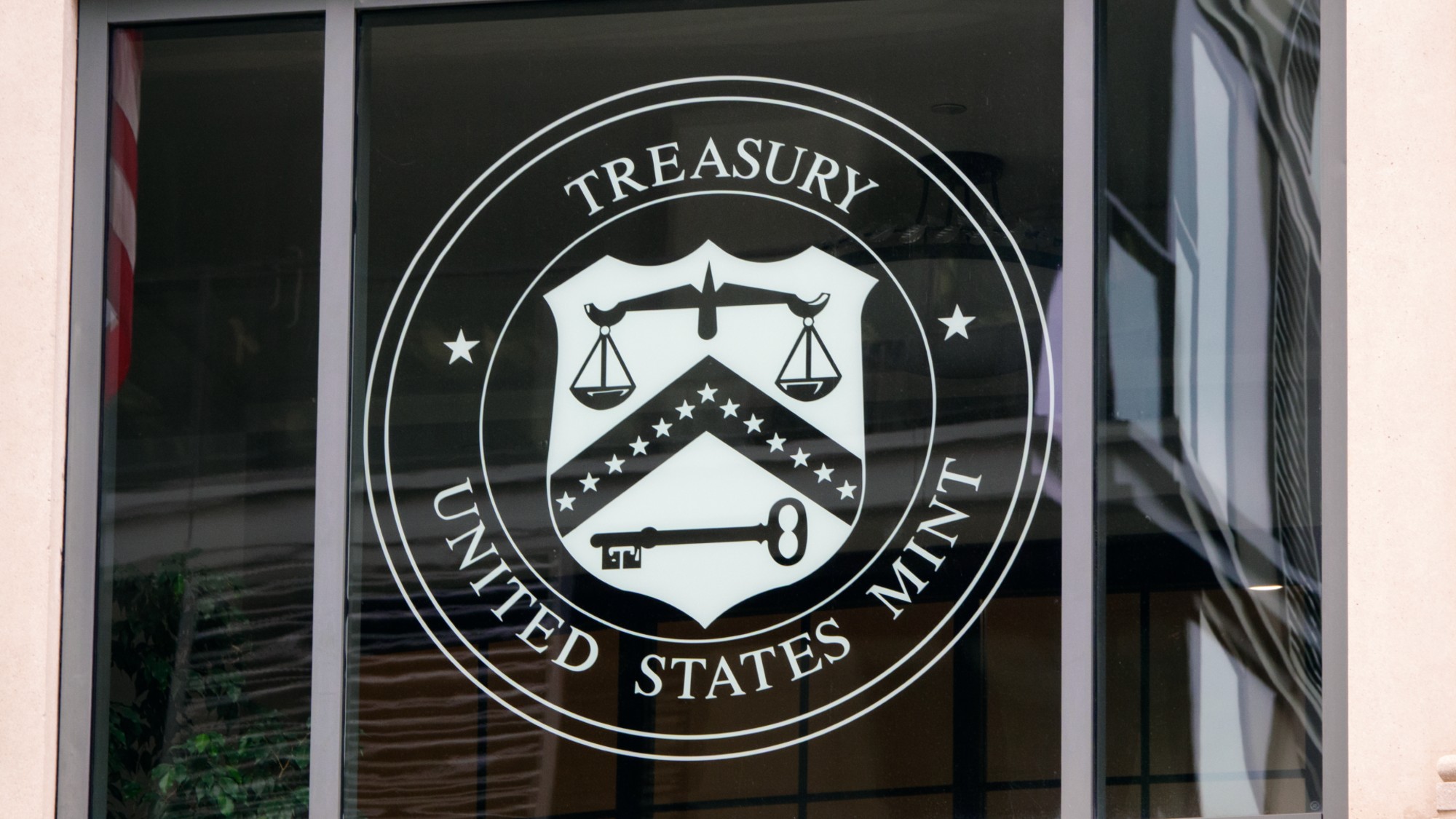 The Mint’s 250th anniversary coins face a whitewashing controversy
The Mint’s 250th anniversary coins face a whitewashing controversyThe Explainer The designs omitted several notable moments for civil rights and women’s rights
-
 ‘If regulators nix the rail merger, supply chain inefficiency will persist’
‘If regulators nix the rail merger, supply chain inefficiency will persist’Instant Opinion Opinion, comment and editorials of the day
-
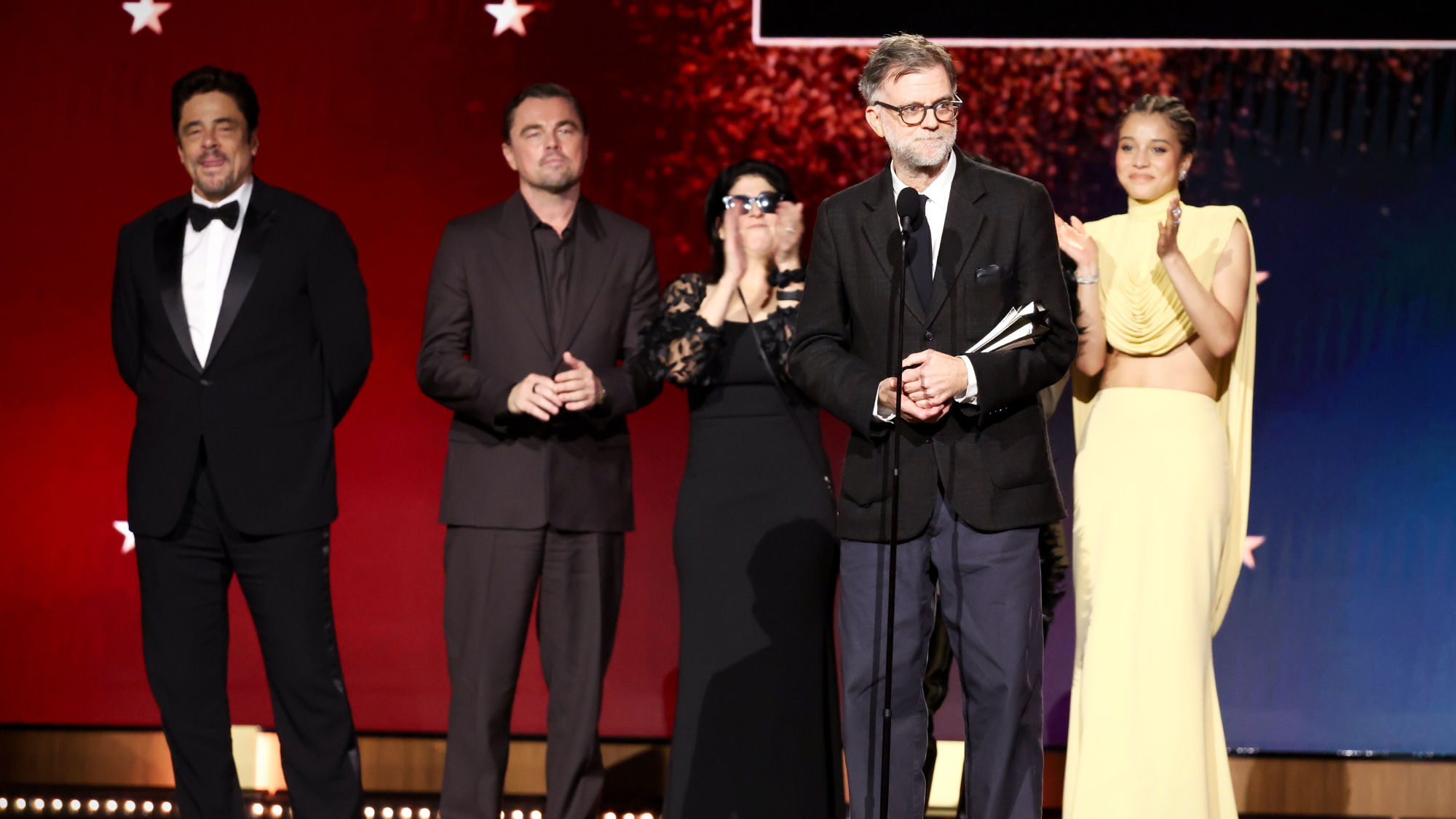 ‘One Battle After Another’ wins Critics Choice honors
‘One Battle After Another’ wins Critics Choice honorsSpeed Read Paul Thomas Anderson’s latest film, which stars Leonardo DiCaprio, won best picture at the 31st Critics Choice Awards
-
 The 8 best drama movies of 2025
The 8 best drama movies of 2025the week recommends Nuclear war, dictatorship and the summer of 2020 highlight the most important and memorable films of 2025
-
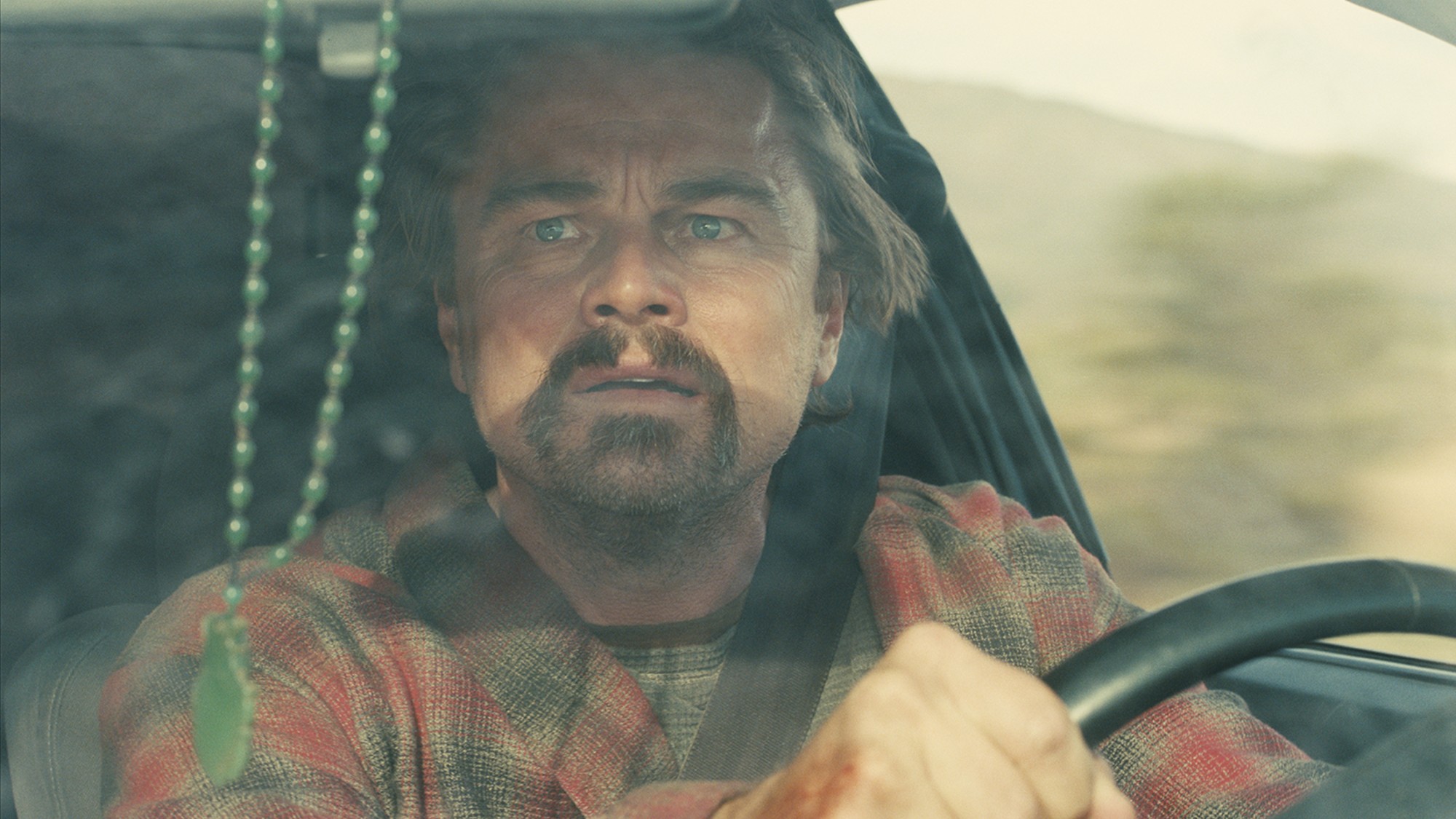 Critics’ choice: The year’s top 10 movies
Critics’ choice: The year’s top 10 moviesFeature ‘One Battle After Another’ and ‘It Was Just an Accident’ stand out
-
 Oscars jump to YouTube after decades at ABC
Oscars jump to YouTube after decades at ABCSpeed Read The awards show will be broadcast worldwide on YouTube starting in 2029
-
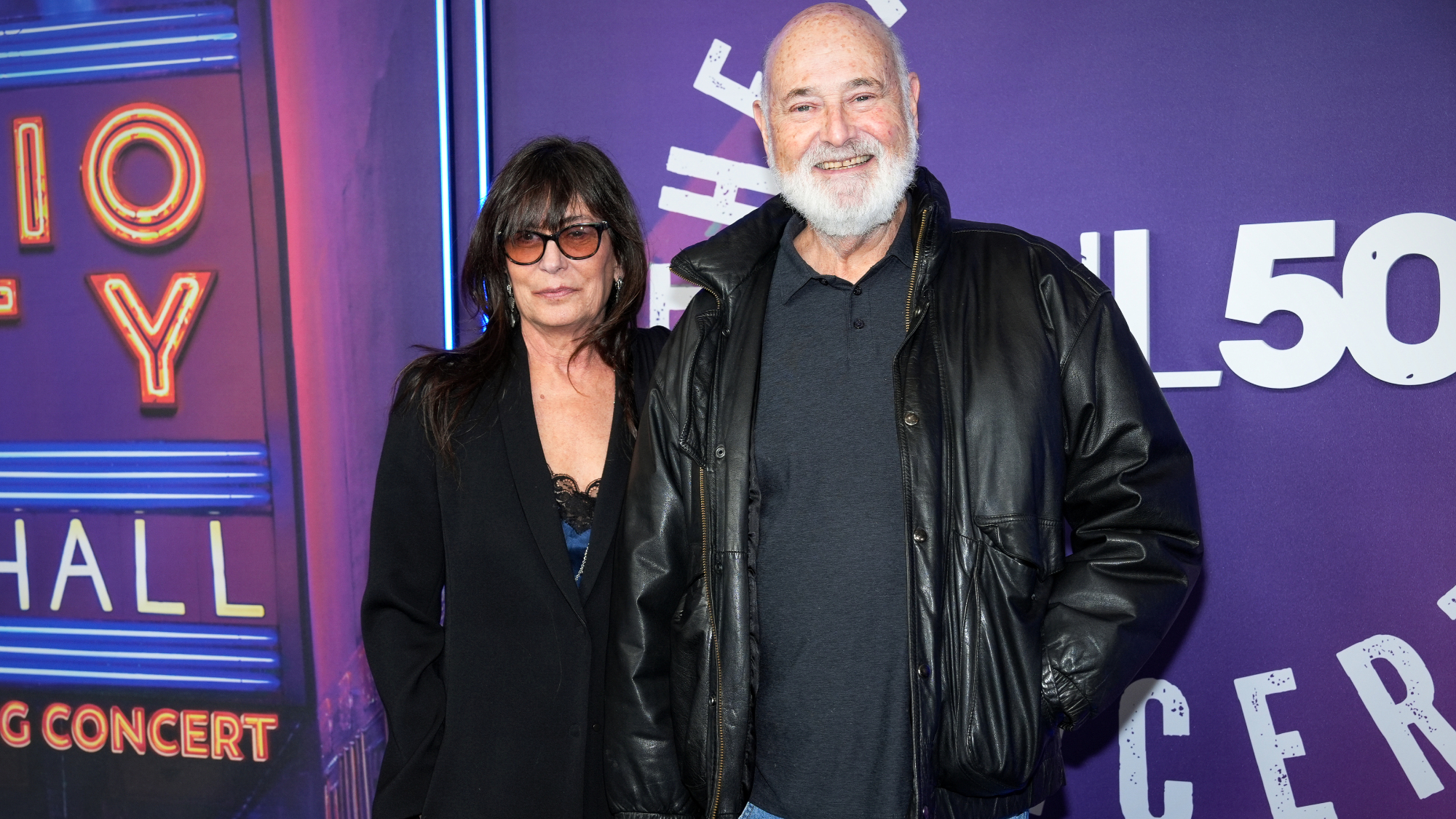 Rob Reiner, wife dead in ‘apparent homicide’
Rob Reiner, wife dead in ‘apparent homicide’speed read The Reiners, found in their Los Angeles home, ‘had injuries consistent with being stabbed’
-
 Film reviews: ‘Marty Supreme’ and ‘Is This Thing On?’
Film reviews: ‘Marty Supreme’ and ‘Is This Thing On?’Feature A born grifter chases his table tennis dreams and a dad turns to stand-up to fight off heartbreak
-
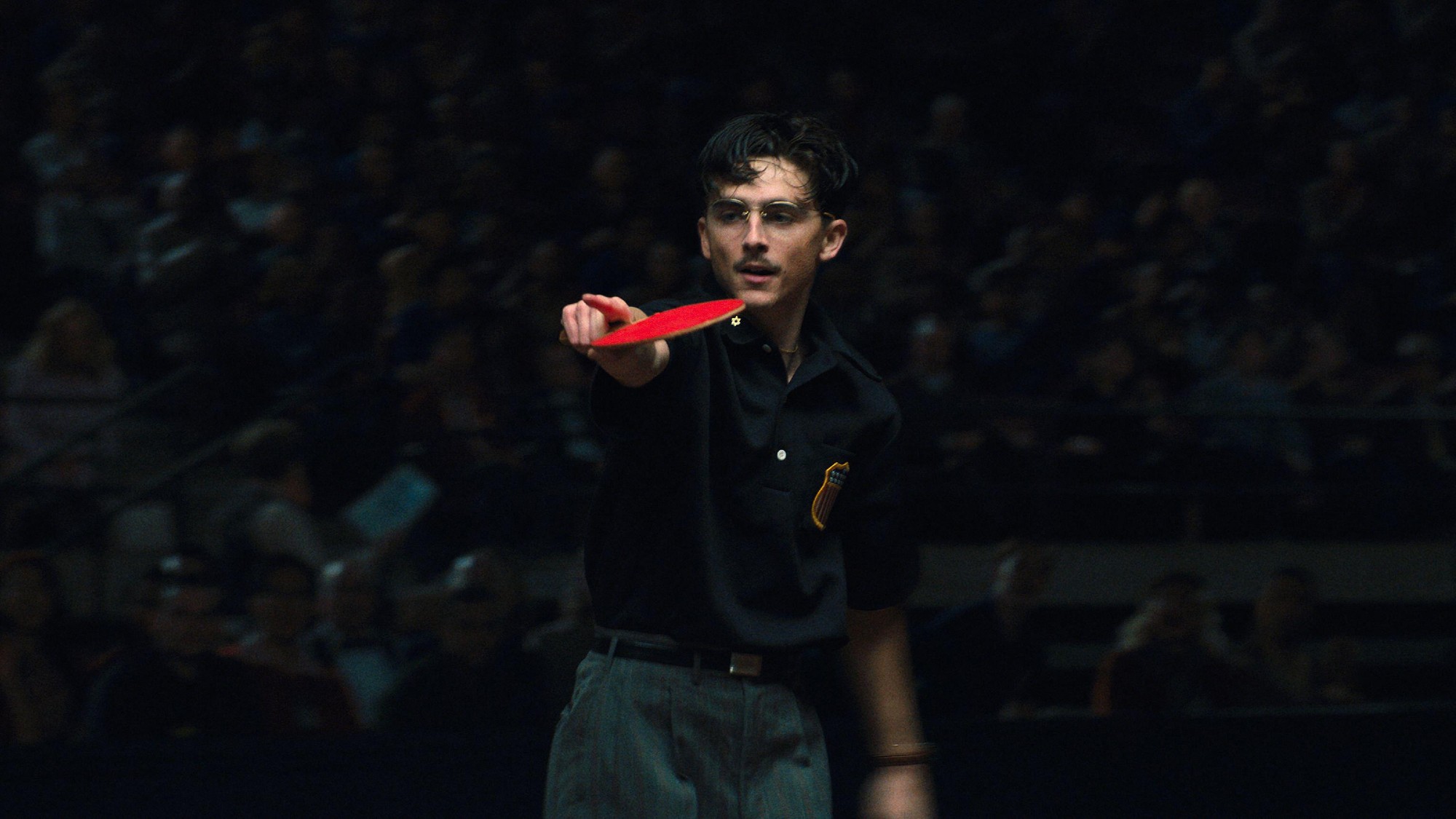 The real tragedy that inspired ‘Hamlet,’ the life of a pingpong prodigy and the third ‘Avatar’ adventure in December movies
The real tragedy that inspired ‘Hamlet,’ the life of a pingpong prodigy and the third ‘Avatar’ adventure in December moviesThe Week Recommends This month’s new releases include ‘Hamnet,’ ‘Marty Supreme’ and ‘Avatar: Fire and Ash’
-
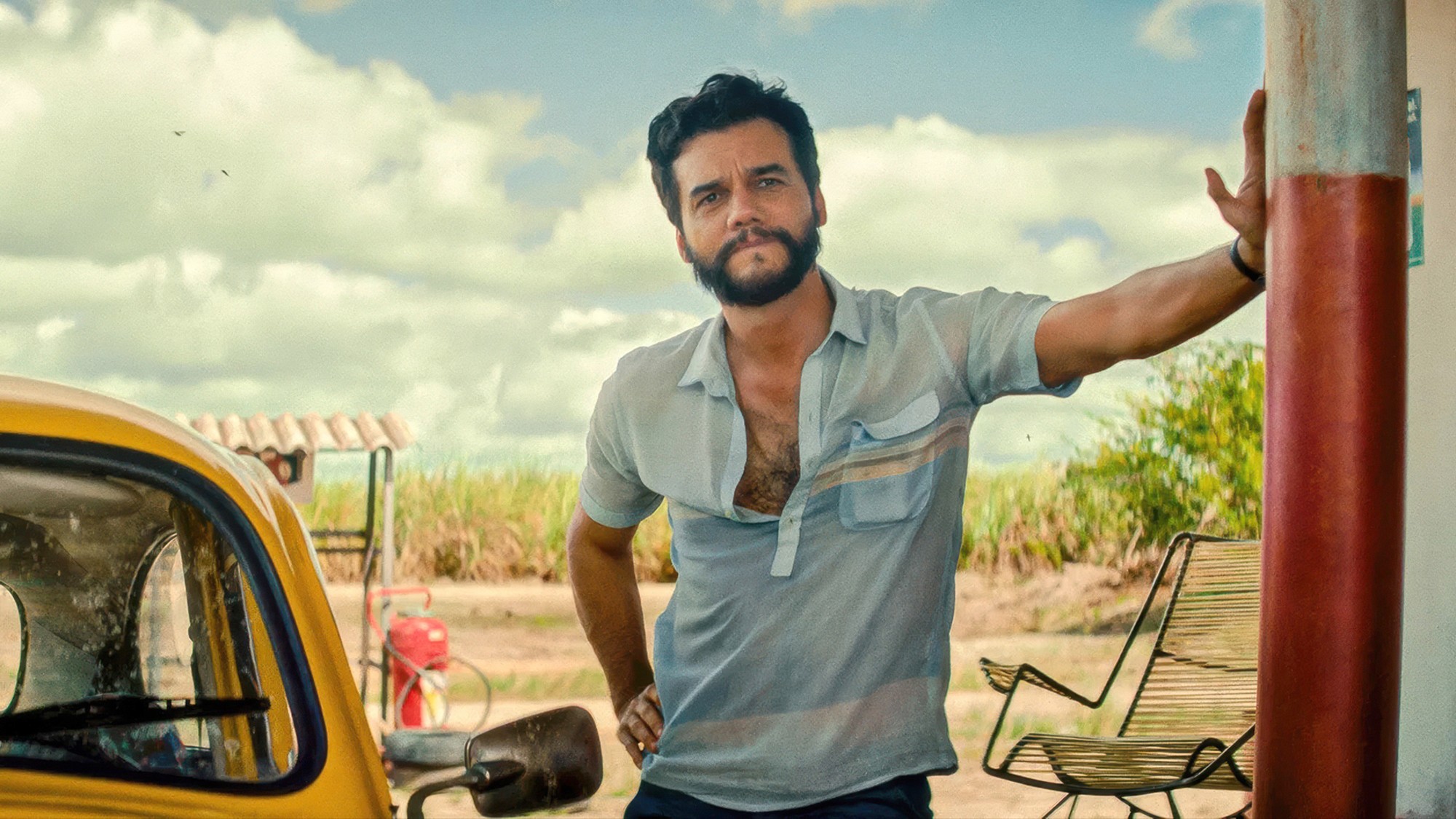 Film reviews: ‘The Secret Agent’ and ‘Zootopia 2’
Film reviews: ‘The Secret Agent’ and ‘Zootopia 2’Feature A Brazilian man living in a brutal era seeks answers and survival and Judy and Nick fight again for animal justice
